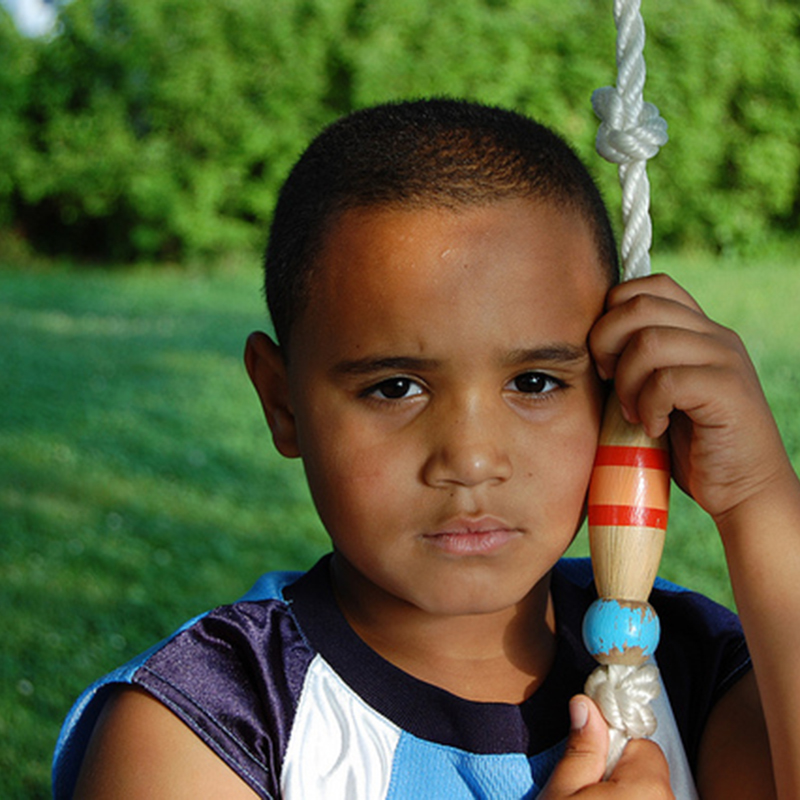Anxiety in children, while often difficult for parents to witness, is actually common. Anxiety disorders are common, treatable medical conditions that affect one in eight children.
Typical symptoms include:
- irritability
- sleeplessness
- jitteriness
- headaches and stomachaches
Experts believe anxiety disorders are caused by a combination of biological and environmental factors, similar to allergies and diabetes. Stressful events such as starting school, moving, or the loss of a parent or grandparent can trigger the onset of an anxiety disorder, but stress itself does not cause an anxiety disorder.
Turnaroundanxiety.com created a brief checklist that may help you know if your child is at the point where it is time to take the next step. Please do NOT consider this as a true diagnostic assessment. Accurately diagnosing an anxiety disorder must be done in conjunction with an experienced therapist.

If you marked each question as a major problem it would equal 72 points. That would be very unlikely because most people don’t have every symptom or behavior with any kind of psychological problem. For this checklist, as a general rule if the score is below 30 any anxiety is either mild or not a problem. Between 30 and 45 would suggest a moderate problem. Scores 45 and higher would likely warrant getting a professional opinion. Again, please consider these scores as educational only and not evidence of a disorder.
Fortunately, there are ways that parents can help ease kids’ stress and anxiety — and to teach self-coping skills along the way.
Here are some key tips for parents with anxious children, according to expert advice from Psychology Today.
- Let your child know that imperfection is OK. While it’s important to teach children to work hard and strive for their best, it’s equally important for them to embrace their imperfections and mistakes.
- Encourage your child to face her fears. It’s natural to try to avoid situations that cause anxiety, but doing so only maintains this anxiety. By facing fears head-on, anxious feelings should gradually lessen over time.
- Focus on the positives. It’s easy for anxious kids to get lost in their own negative thoughts and feeling. When parents shift the focus to good aspects of a situation or positive qualities of the child, it helps kids remember to do the same.
- Make time for relaxation. Kids need regular periods of time to just be kids. Make sure to offer downtime that might include relaxing activities such as painting, yoga, playing a game or just free play. This will help keep stress and anxiety at a minimum.
- Model self-care, approach behavior, and positive thinking. Parents should be aware of their own mental well-being and display the attributes they wish to see in their children.
- Reward your child’s brave behaviors. If a child faces his fears, reward his bravery with praise, a hug or a special treat. This will help motivate him to keep engaging in the same types of behavior.
- Encourage good sleep habits. Decide on a bedtime for your child and stick to it. Be sure to follow a pre-bedtime routine, too. Good sleep habits can help minimize anxiety.
- Encourage your child to express her anxiety. Instead of dismissing or brushing off anxious behaviors, acknowledge her feelings and encourage her to share what is bothering her. Discussing emotions and fears can go a long way.
- Help your child to problem solve. After acknowledging a child’s feelings, encourage her to think of possible solutions to the problem, and then to choose the best one.
- Stay calm. A parent’s anxiety could trigger anxiety in a child. So, in order to help a kid manage his anxiety, parents need to manage their own. This could mean taking deep breaths before reacting, or even slowing down speech.
With all of these tips in mind, parents can help their children to help themselves better manage anxiety. Working alongside mental health professionals, families can work together as a team to overcome otherwise debilitating stress and anxiety.
